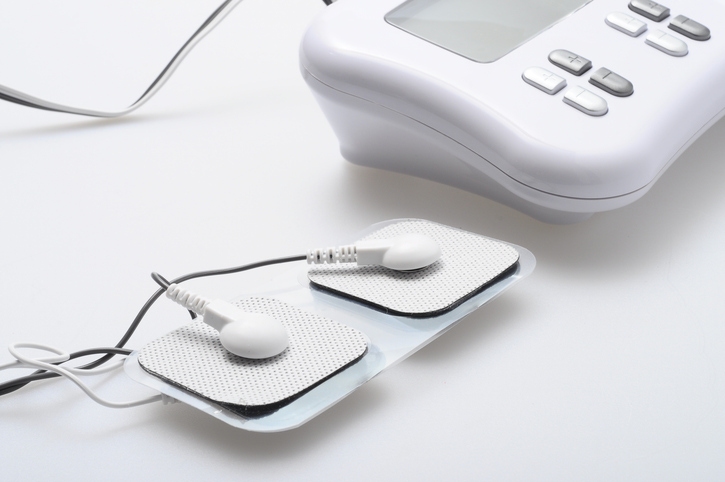Articles Home
Veteran Care Standouts for Comfort, Safety & Mobility
Caring for our nation’s veterans means providing tools that support independence, mobility, and comfort at every stage of life. From managing chronic pain to ensuring safe daily routines, having the right equipment can make all the difference.
Letter from Leadership:
Physical Therapists are the Backbone of Our Mission at Performance Health
Performance Health supports physical therapists by delivering trusted solutions directly to the point of care. With over 70 years of expertise as your trusted rehabilitation partner, we take pride in our dedication to PTs and the future of the industry.
Pelvic Floor Function and Dysfunction – It’s Not Always About Kegels!
Although gaining more interest and increased awareness, pelvic health remains a quiet, often stigmatized subject—yet it is central to a woman’s well-being at every stage of life.
Top 10 Products for Your Occupational Therapy Clinic
Having the right equipment is essential to helping patients recover from an injury or surgery.
Why Annual Equipment Calibration is So Important
As a clinician, it’s important to ensure your medical equipment is in full working order and maintained through regular medical device testing and calibration.
12 Ways to Stay Healthy This Holiday Season
During the busy holiday season, it’s easy to lose sight of health and wellness. It is important to stay active, eat mindfully, and focus on your mental health throughout the year.
Latest Articles
Search the blog
-
 December 22, 2025Before we move on to all the exciting new products, trends, and opportunities of 2026, we want to take a moment to review 2025 and explore the products, articles, and resources you appreciated the most in 2025.
December 22, 2025Before we move on to all the exciting new products, trends, and opportunities of 2026, we want to take a moment to review 2025 and explore the products, articles, and resources you appreciated the most in 2025. -
 December 10, 2025
December 10, 2025Best Bath Safety Practices and Products for Post-Acute Care Patients
Bath safety is foundational in post-acute care, as the bathroom is often one of the most used rooms. This guide shares clinical favorites and best practices to help you and your patients. -
 December 1, 2025
December 1, 2025Enhancing Outcomes with Negative Pressure Therapy - a LymphaTouch Webinar
As a rehabilitation professional, you are always seeking innovative ways to improve patient outcomes while protecting your own hands and joints from repetitive strain. One solution gaining attention is negative pressure therapy. -
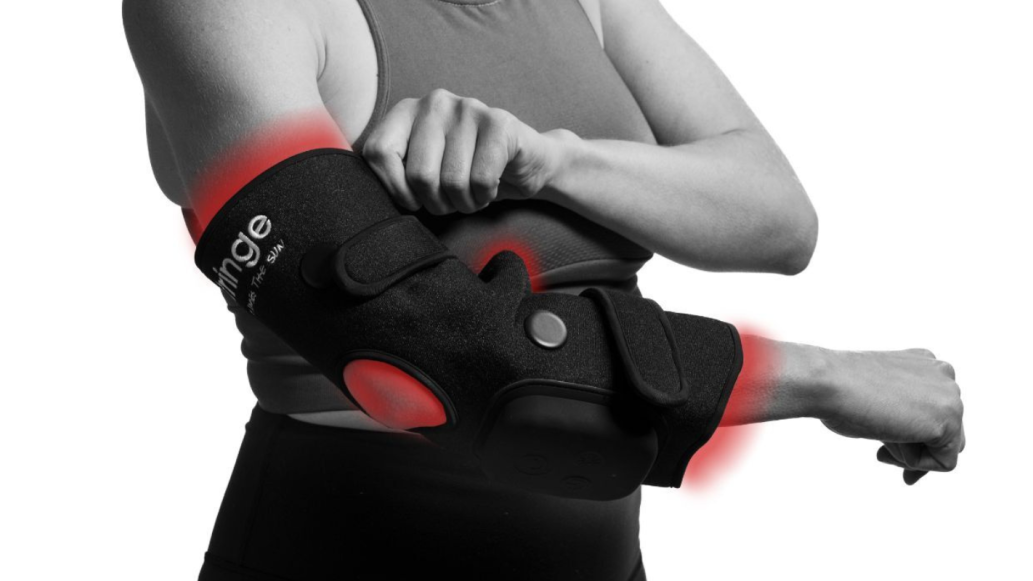 November 26, 2025
November 26, 2025Clinical Applications of Light Therapy
Over the past few decades, those of us that live in a modern western culture have evolved to spending almost all of our time indoors. This has led to a number of health concerns that affect our bodies in countless ways. -
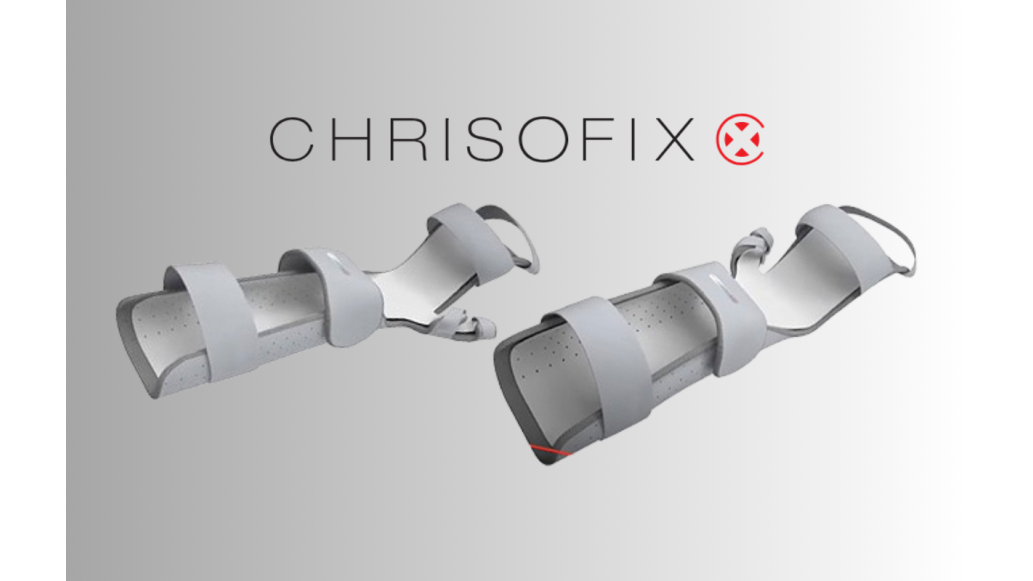 November 19, 2025
November 19, 2025Update to Chrisofix CPT Codes
Chrisofix orthoses are designed to deliver clinical efficiency and patient comfort, and now, with clearly defined CPT codes, they’re easier than ever to bill and integrate into daily workflows. -
 November 17, 2025
November 17, 2025Simplifying the Science of Bracing
It can often seem as though once you’ve seen one brace you’ve seen them all, and choosing between braces can feel like an overwhelming task. The world of soft support for orthopedic needs doesn’t have to be difficult to navigate. -
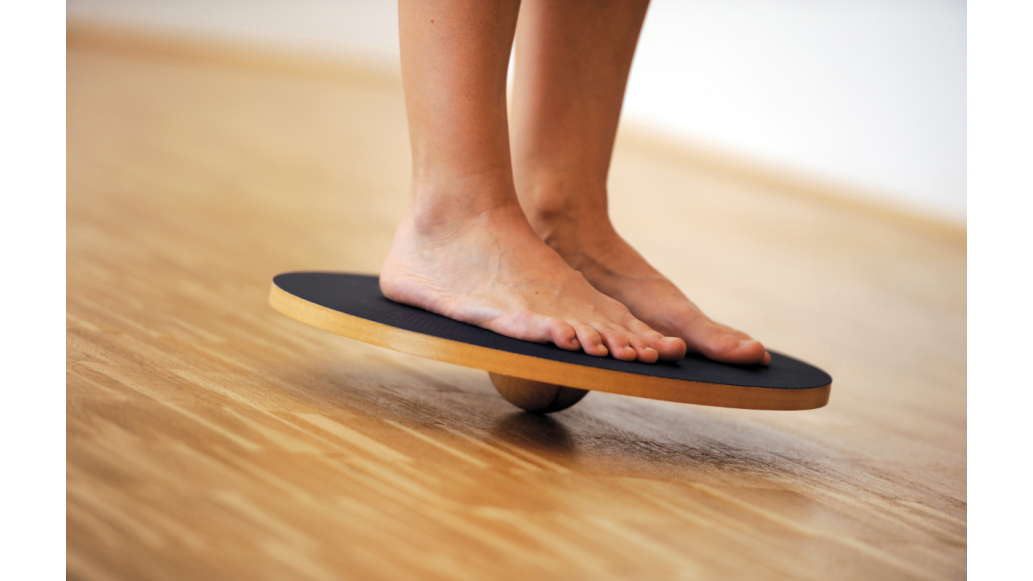 November 14, 2025
November 14, 2025Building the Perfect Balance Training Corner: Essential Products and Benefits for Your PT Clinic
Setting up the right balance training area doesn't have to be complicated or expensive. With the right mix of equipment, you can address virtually every balance challenge your patients face. -
 November 7, 2025
November 7, 202522 Gift Ideas for Kids with Special Needs
Chosen to help develop skills like fine and gross motor skills, balance, socialization, and more, these gifts are fun and functional. The variety of gifts mean you can find presents for children with physical disabilities and/or intellectual disabilities. -
 November 4, 2025
November 4, 202525 Fitness Gift Ideas for Active Dads
A tie, a bottle of aftershave, a new pair of socks, or my dad’s personal favorite, chocolate, we all have a go-to gift for dad. But after a few Father’s Days, birthdays, and holidays your go-to gift can start to feel boring and predictable.

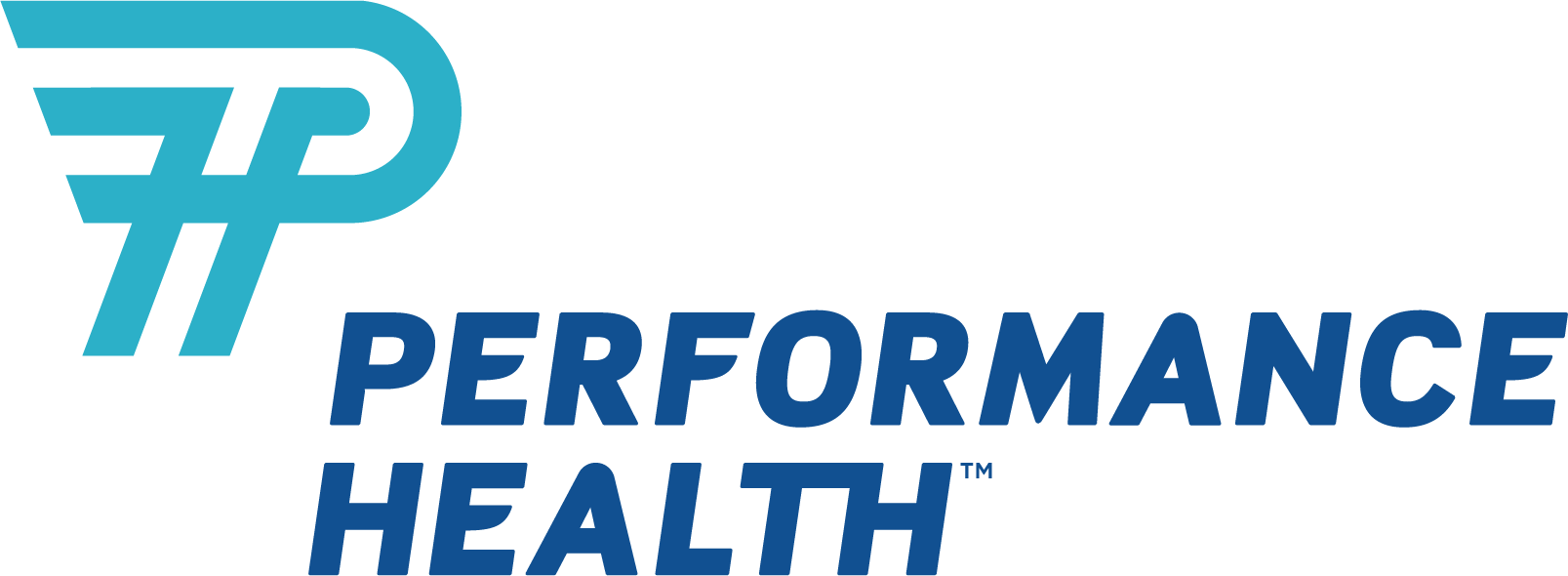






 France
France Australia
Australia



